Understanding Erythema Nodosum: An Ayurvedic Perspective
Understanding Erythema Nodosum: An Ayurvedic Perspective is an inflammatory condition characterized by painful, red nodules typically located on the shins. It is often a reaction to various triggers, including infections, medications, and systemic diseases. While modern medicine provides treatment options, many individuals seek alternative approaches like Ayurveda for a holistic solution. This blog explores erythema nodosum through the lens of Ayurveda, discussing its causes, symptoms, and Ayurvedic treatment options.
What is Erythema Nodosum?
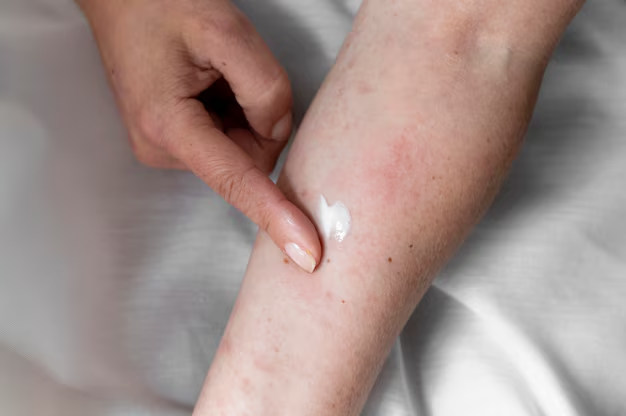
Erythema nodosum manifests as painful, raised lesions on the skin. These nodules are often tender and can vary in size. Common symptoms include:
- Red or purple nodules, often on the shins
- Pain and tenderness in affected areas
- Fever and malaise in some cases
- Joint pain or swelling
EN is not a disease in itself but rather a symptom of an underlying condition. Identifying the root cause is crucial for effective treatment.
The Ayurvedic Perspective
Ayurveda, the ancient Indian system of medicine, emphasizes a holistic approach to health. According to Ayurvedic principles, erythema nodosum can be understood through the lens of three doshas: Vata, Pitta, and Kapha.
Dosha Imbalance
- Vata: This dosha governs movement and is associated with dryness. An imbalance can lead to symptoms such as inflammation and pain.
- Pitta: Related to heat and metabolism, an excess of Pitta can result in fiery symptoms, including redness and irritation.
- Kapha: Governing stability and moisture, an imbalance can cause sluggishness and swelling.
Erythema nodosum often arises from an imbalance of these doshas, particularly an aggravation of Pitta and Kapha. This imbalance can be triggered by various factors, including diet, lifestyle, emotional stress, and environmental influences.
Underlying Causes in Ayurveda
From an Ayurvedic standpoint, several factors may contribute to the development of erythema nodosum:
- Dietary Factors: Consumption of inflammatory foods (spicy, oily, or processed foods) can aggravate Pitta.
- Infections: Certain infections, such as streptococcal infections, can trigger an immune response, leading to EN.
- Medications: Some drugs may induce allergic reactions or hypersensitivity, contributing to skin inflammation.
- Autoimmune Conditions: Disorders like sarcoidosis or inflammatory bowel disease may manifest through skin symptoms, including EN.
- Emotional Stress: Stress can disturb the balance of doshas, exacerbating symptoms.
Ayurvedic Diagnosis
An Ayurvedic practitioner will conduct a comprehensive assessment, taking into account your medical history, dietary habits, lifestyle, and emotional well-being. Diagnosis may include:
- Nadi Pariksha: Pulse examination to determine dosha imbalance.
- Darshan: Visual inspection of skin lesions.
- Prashna: Detailed questioning about symptoms and triggers.
Ayurvedic Treatment Approaches
Treatment in Ayurveda aims to restore balance among the doshas and address the root cause of erythema nodosum. The following modalities may be utilized:
1. Dietary Modifications
A balanced diet is fundamental in Ayurveda. For individuals with erythema nodosum, the following dietary changes may be beneficial:
- Anti-inflammatory Foods: Incorporate turmeric, ginger, and garlic into meals to help reduce inflammation.
- Cooling Foods: Foods that pacify Pitta, such as cucumbers, melons, and coconut, can help alleviate redness and heat.
- Avoid Trigger Foods: Minimize intake of spicy, fried, and processed foods that can exacerbate symptoms.
2. Herbal Remedies
Ayurvedic herbs play a crucial role in managing erythema nodosum. Some effective herbs include:
- Turmeric (Curcuma longa): Known for its anti-inflammatory properties, turmeric can help reduce swelling and pain.
- Neem (Azadirachta indica): This herb is a natural anti-inflammatory and can help purify the blood.
- Aloe Vera: Used topically, aloe vera can soothe irritated skin and reduce redness.
3. Panchakarma Therapy
Panchakarma, a detoxification process, may be recommended to cleanse the body of toxins and restore balance. This can involve:
- Abhyanga: Ayurvedic oil massage to improve circulation and reduce inflammation.
- Snehana: Oleation therapy to nourish the body and prepare for detoxification.
- Basti: Enema therapy to eliminate toxins from the colon.
4. Lifestyle Modifications
Incorporating healthy lifestyle practices can greatly aid in managing erythema nodosum:
- Stress Management: Engage in yoga, meditation, or mindfulness practices to reduce stress and restore emotional balance.
- Regular Exercise: Gentle exercises like walking or swimming can improve circulation and overall health.
- Adequate Sleep: Prioritize good sleep hygiene to support immune function and overall well-being.
5. Emotional Well-being
Ayurveda recognizes the connection between emotional health and physical symptoms. Practices such as meditation, pranayama (breath control), and counseling can help address emotional stressors that may contribute to dosha imbalances.
Conclusion
Erythema nodosum can be a challenging condition, but Ayurveda offers a holistic approach that addresses both symptoms and root causes. By focusing on dietary modifications, herbal remedies, lifestyle changes, and emotional well-being, individuals can work towards restoring balance and alleviating discomfort.
If you suspect you have erythema nodosum or are dealing with persistent skin issues, consider consulting with a qualified Ayurvedic practitioner. They can tailor a treatment plan specific to your needs, guiding you on your journey to better health.
Embracing the wisdom of Ayurveda may not only provide relief from erythema nodosum but also foster a deeper understanding of your body and its needs. With a balanced approach, you can achieve harmony in both mind and body, leading to a healthier, happier life.

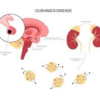
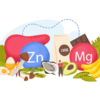

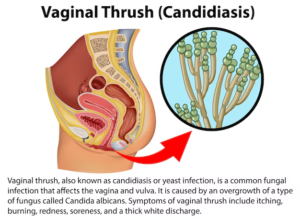
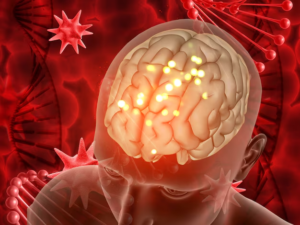
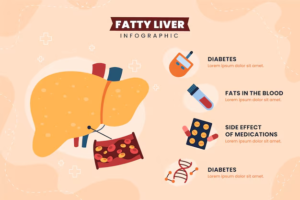
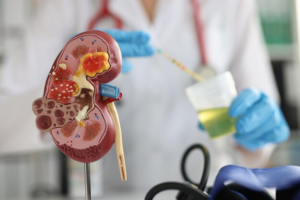
Leave a reply